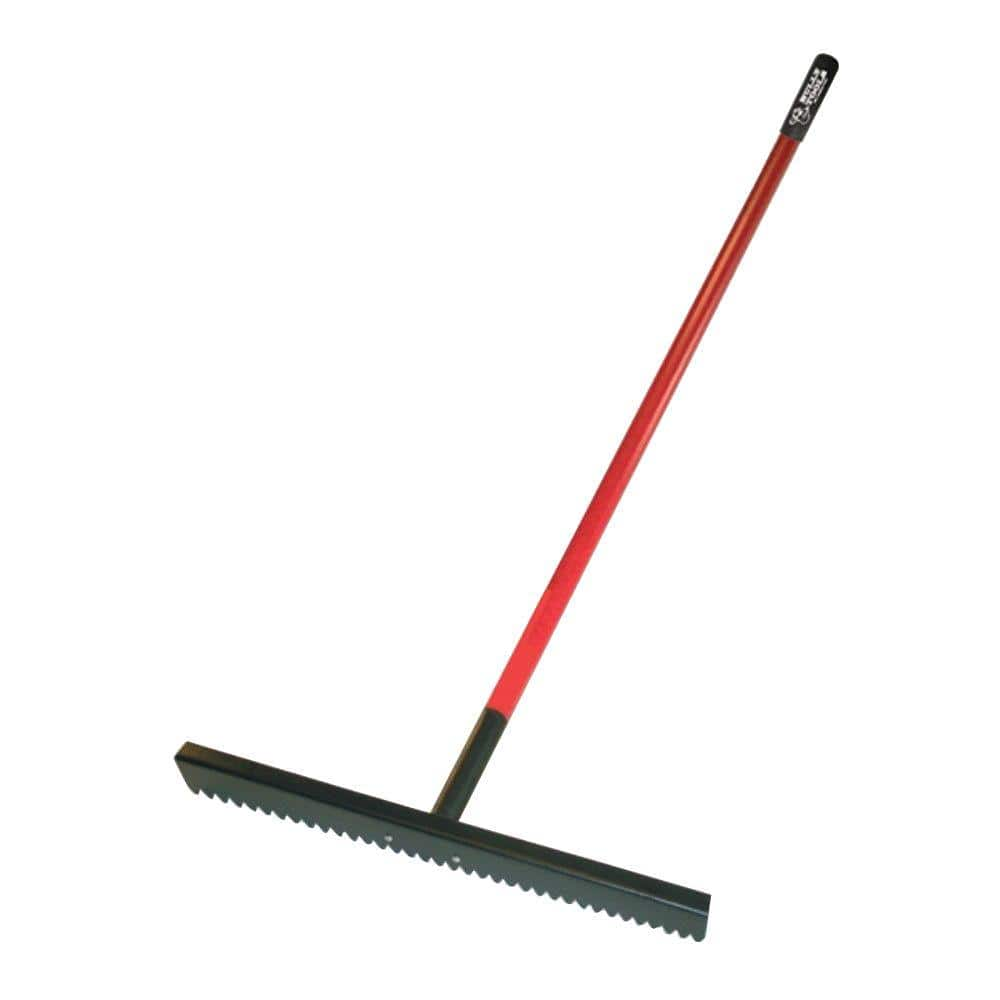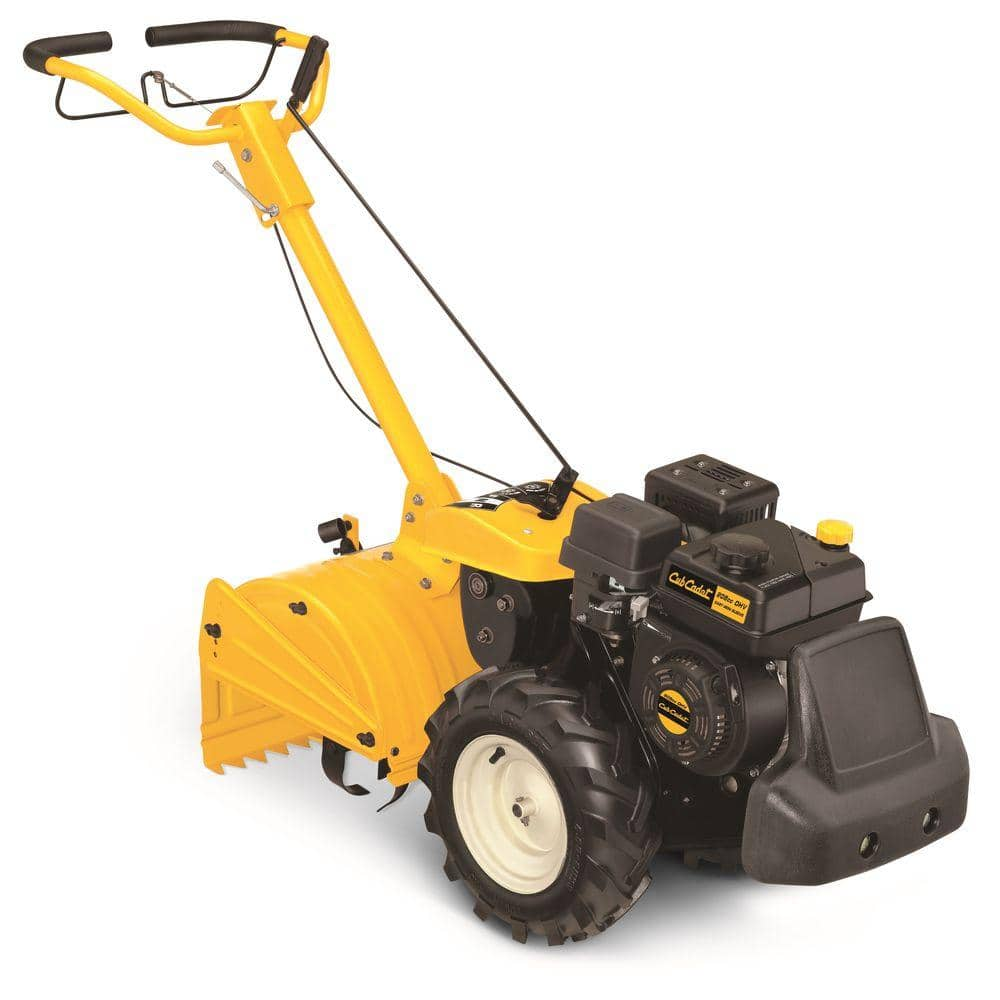How to Plant the Lawn of Your Dreams

Last updated February 27, 2024
Growing a healthy lawn has benefits beyond the expected expanse of green. A thick, lush carpet of green adds value to your home, absorbs rainfall and reduces soil erosion. Plus, a lawn has a unique advantage over other plantscapes: It's entirely walkable, able to handle foot and paw traffic without worry.
When you plan your lawn, you need to know that there are two main types of grasses: warm season and cool season. If you live in the South, you can plant warm-season grasses in the spring. Cool-season grasses are favored in the North and are planted in late summer, early fall and early spring.
In this guide, learn how to get started growing a successful lawn.
Table of Contents
Types of Grass for Lawn
6 Steps to Planting Your Lawn from Seed
Mow Your Growing Lawn
Planting Sod and Plugs
Types of Grass for Lawn

Choose the type of grass that performs best in your area. Warm-season varieties include Bahia, Bermuda, Centipede, St. Augustine and Zoysia. Cool-season grasses include Bent Fescue, Kentucky Blue Grass and Perennial Rye Grass.
Grasses need at least four to six hours of direct sunlight a day to thrive. Some grasses perform well with an equal amount of filtered sunlight. Zoysia and St. Augustine are the warm-season favorites for shade tolerance. Cool-season varieties like Rye, Fine and Tall Fescues can handle dappled light. If you have shade, cover your bets and select a seed mix with more than one variety, so if one type doesn't come up, another one will.
6 Steps to Planting Your Lawn from Seed

Assemble the equipment. A tiller makes the job of preparing the soil easy. Choose between two types of spreaders: drop or broadcast. You'll also need a lawn roller to tamp the seed. All can be rented from The Home Depot's Tool Rental Center.
Choose grass seed. Calculate the square footage of the area you need to cover (Area = length x depth, minus buildings, driveways and gardens) and use the grass seed calculator to determine how much seed to buy.
Prep the site. Remove debris and large rocks. With the tiller, turn the soil to a depth of 2 to 4 inches. Use a landscape rake to remove any small rocks and to level the soil.
Spread and tamp the seed. Lawn experts recommend incorporating seed and fertilizer into the soil about a 1/2 inch and raking very lightly. Check the package directions to determine how thick to sow the seed.
Water in the seed. Grass seed will not germinate in dry soil, and for that reason, the surface must be kept moist with frequent, light waterings up to several times a day in hot and dry weather. Plan your planting with an eye to the weather forecast. Perhaps a well-timed steady rain will help. Under ideal conditions, grass will appear after five to 28 days. Factors like high temperatures, moisture and type of grass seed will affect germination.
Top dressing. A light covering of peat moss, sawdust or straw will protect your future lawn from birds that love to eat large quantities of seed. Top dressing helps retain the seed if a heavy downpour threatens to wash it away. Warm weather and high winds can combine to blow light, dry seed and soil away. Keep the top dressing moist to hold the seed in place.
Mow Your Growing Lawn

Mow when new grass is approximately 3 inches tall. Set your mower on a high setting, approximately 2 inches, until your new lawn is established. Follow the Rule of Thirds for a healthy lawn: Lawn experts say that because 2 to 2 1/2 inches is the ideal height for grass, try not to cut more than a third of the grass blade to prevent shock.
Once you’re able to mow the lawn, water at a rate of an inch per week to keep the grass roots healthy. The key is to water deeply to encourage root growth.
Tip: Buy extra grass seed and store it in a dry, cool place. Use for over-seeding or spot repairs. Learn how to repair dead patches in a lawn.
Planting Sod and Plugs

Grass seed isn't the only way to start your lawn. Sod and plugs have their advantages, too. Although it comes with a higher price tag, sod offers a near-instant lawn, is weed-free and easily covers slopes without worries over seed washing away. Plugs are a small-space solution. Learn more about installing a sod lawn.
Ready to plant grass seed for your lawn? Get your online orders delivered. Just say when, where and how.
































